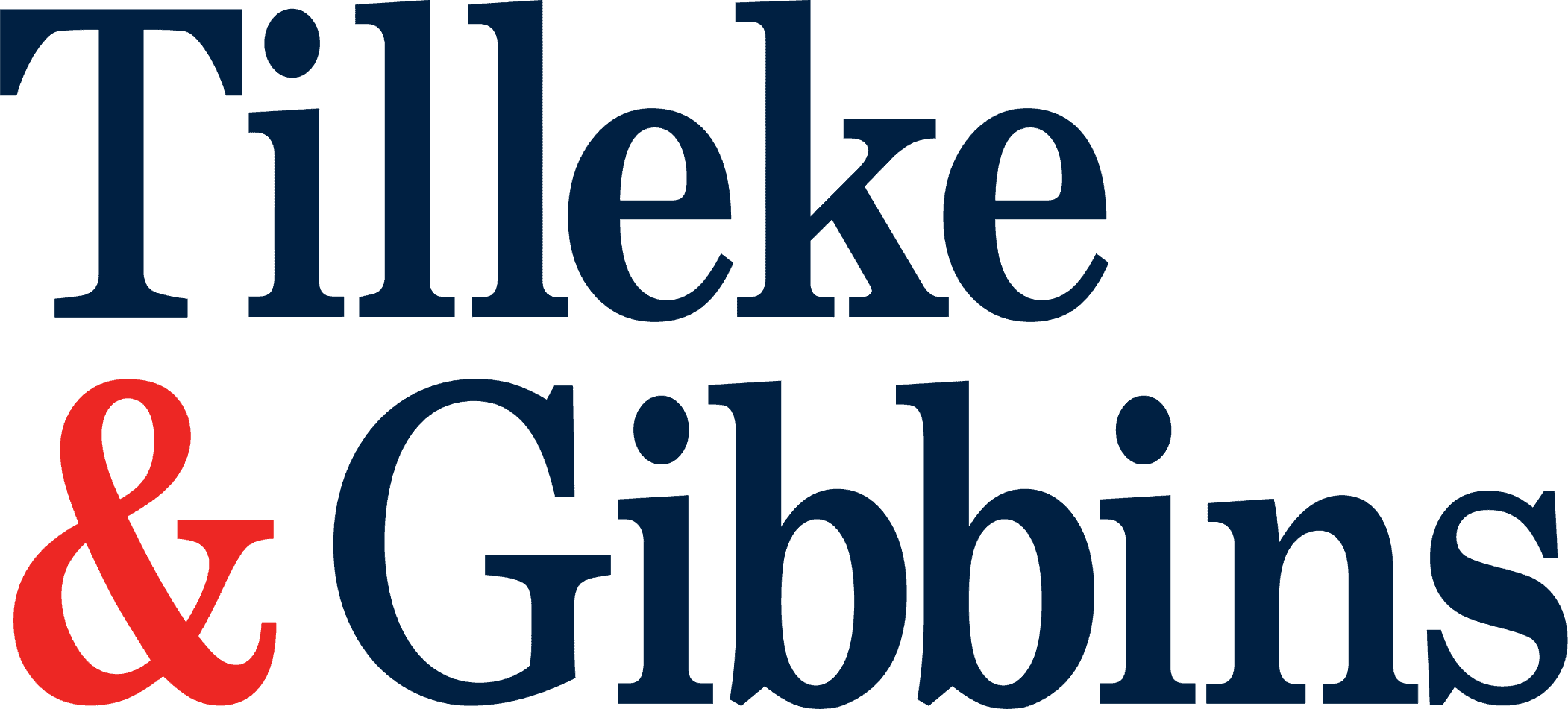
In a competitive market, business owners strive to reduce production costs and increase sales volumes in order to gain an economic advantage. To achieve this, large amounts of investment are made in research and development to improve designs, techniques, and processes, among other aspects. These methods and forms, known as trade secrets if the right requirements are met, are therefore valuable intangible assets that should be closely guarded.
Trade Secret Act B.E. 2545 (2002)
Trade secrets mean trade information not yet publicly known or not yet accessible by persons who are normally connected with the information, the commercial values of which derive from its secrecy and that the controller of the trade secrets has taken appropriate measures to maintain the secrecy.
Trade information means any medium that conveys the meaning of a statement, facts, or other information irrespective of its method and forms. It shall also include formulas, patterns, compilations or assembled works, programs, methods, techniques, or processes.
A dispute over a trade secret usually arises when a trade secret owner makes a claim against its employee, ex-employee, or business partner for trade secrets infringement. Despite the value of trade secrets, disputes over trade secrets are infrequent in Thailand. Based on statistics from the Central Intellectual Property and International Trade Court (IP&IT Court), only 66 trade secret cases were brought to the IP&IT Court from 2004 to 2014. And unfortunately, the majority of the Supreme Court’s decisions on trade secret disputes do not paint an optimistic picture for trade secret owners. These unsuccessful outcomes, however, may be caused by the trade secret owners themselves, who may fall victim to misunderstanding Thailand’s Trade Secret Act.
Misunderstandings of the Trade Secret Act have led to erroneous petitions in several Supreme Court cases. For example, a plaintiff mistakenly accused a defendant under Section 35 of the Trade Secret Act which is meant to punish officials for disclosure or use of another’s trade secret, instead of correctly pursuing an action under Section 33 which applies to a person who discloses another’s trade secret with malicious intent to cause damage to the trade secret controller’s business. This misunderstanding indicates that the trade secret owners’ counsel may lack knowledge in trade secret laws.
Apart from common misunderstandings, an absence of appropriate measures to maintain trade secrets is another reason for the court to dismiss a plaintiff’s claim. In a trade secret case, the most important issue for the owner is to prove the existence of a trade secret by demonstrating that the information is protected with the appropriate measures to maintain its secrecy.
Normally, an employer will require its employee to enter into a nondisclosure or noncompete agreement. But an agreement, on its own, is not considered a sufficient measure to protect a trade secret. For example, in Supreme Court Judgment 10217/2553, the plaintiff claimed that its employee had revealed information about its customers and the origin of its goods. The plaintiff claimed that there was a nondisclosure clause in the employment agreement, but it was unable to demonstrate that the documents with the list of customers and the information containing the origin of goods were protected by the appropriate measures to prevent access by an employee who is not normally connected to this information. The Court determined that the nondisclosure clause was not an appropriate measure to maintain the secrecy of the trade information, and it consequently dismissed the plaintiff’s claim. There are several other Supreme Court decisions in which plaintiffs’ claims have been dismissed for a similar reason.
On the other hand, if a trade secret owner is able to demonstrate that appropriate measures were taken to maintain secrecy over a trade secret, the IP&IT Court is more likely to render a decision in its favor. In one such case, our firm represented a world leader in bonded neo powder production and melt spinning of specialty alloys as the plaintiff. We helped our client demonstrate to the IP&IT Court that there were strong confidentiality provisions in its employment agreements and sufficient measures to protect its trade secrets, such as processes in which accessibility to the information was limited, records in hard copy form stored in a safe environment, and a stringent company policy applicable to employees who needed to access the documents containing the trade secret information. On this basis, the IP&IT Court held that our client had indeed taken the necessary measures to protect its trade secret and had incurred damage from the disclosure of the trade secret. The Court then ordered the party who infringed the trade secret to pay damages of USD 1.4 million—the highest amount ever awarded by the IP&IT Court.
In order to gain a competitive advantage in the market and ensure that resources dedicated to research and development are not squandered by leakages, business owners should ensure that they maintain an appropriate level of secrecy over their trade secrets. It is essential for businesses to familiarize themselves with the Trade Secret Act, and the time to do so is not when a dispute arises—by then, it is likely already too late. Instead, businesses need to proactively seek to understand the intricacies of the Trade Secrets Act so as to best position themselves to protect and defend their valuable assets.
